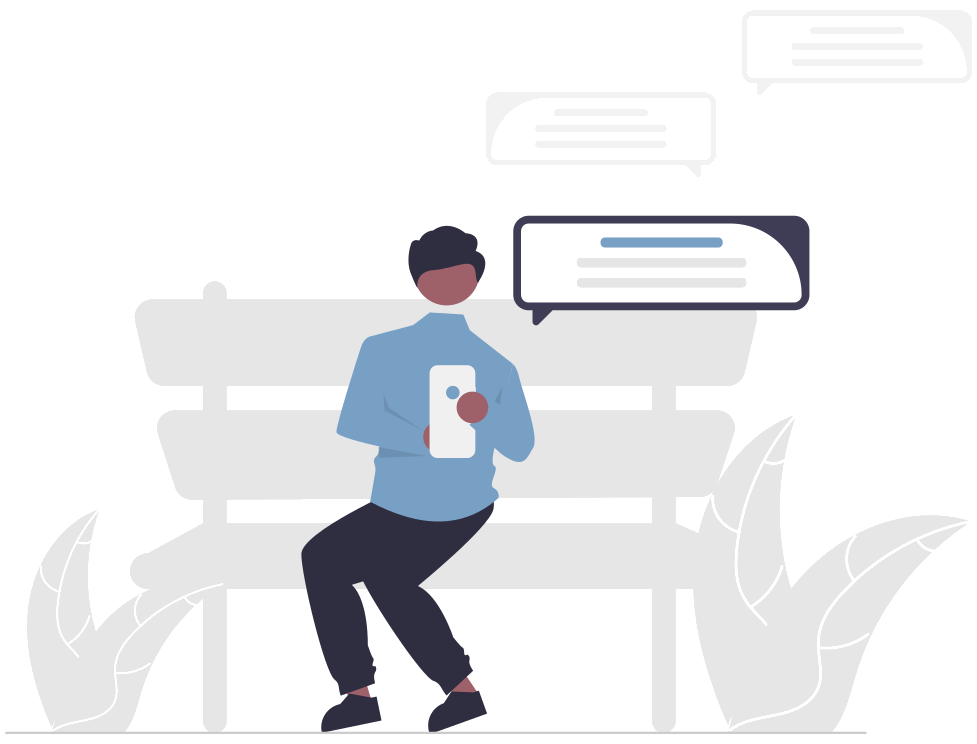Stroke is often popularly called "seizure. This name actually stands for three different conditions. Stroke is the collective name for disorders caused by a disturbed blood supply in the brain. In medical circles one speaks of CVA or cerebrovascular accident. This literally means "an accident in the brain". Chronic long-term stress can increase this risk.
The brain controls all body functions and is the nerve center of the body. To function properly, it constantly needs oxygen and nutrients supplied by the blood. If the blood supply stops, the brain cells are damaged fairly quickly - and after a few hours even permanently. Depending on which part of the brain is deprived of blood, a stroke leads to paralysis, speech problems and memory disorders, among other things. Often resulting in permanent disability.
Three types of strokes
Depending on the cause, three types of stroke can be distinguished: a thrombosis, an embolism (brain infarction) and a cerebral hemorrhage.
-With a thrombosis, the blood supply is disrupted because a blood clot has formed in the brain.
-With an embolism, the clot does not form in the brain itself but is supplied from elsewhere (e.g., from the heart).
-A cerebral hemorrhage is usually the result of a burst brain artery, whereby the pressure of the blood on the brain tissue in particular causes problems.
Mini-Stroke
Often a stroke is preceded by a so-called mini-stroke, abbreviated in medical jargon as TIA (transient ischemic attack). The symptoms are the same as those of a "real" stroke. However, in the case of a mini-stroke, they usually last only a few minutes up to a maximum of one hour. Moreover, a TIA does not cause any permanent injuries. Nevertheless, a mini stroke is an important signal. Because a lot of people who have a mini-stroke are confronted with a "real" stroke within a year. Therefore, it is important to recognize a TIA and contact your family doctor.
Symptoms
A lot of symptoms can appear during a stroke. The severity of these symptoms can vary from mild to very severe. Which symptoms occur, depends on the part of the brain that is deprived of oxygen. It is, however, characteristic that the symptoms always appear suddenly.
The main symptoms are:
-faintness and loss of strength
-feeling of numbness in the face, an arm or a leg (often only on one side of the body)
-dizziness
-problems with moving, speaking, or understanding other people
-problems with vision in one or both eyes
-faint headache with no apparent cause
-state of confusion
Risk factors
-Until age 55, the risk of stroke remains quite small. After that, it doubles every ten years.
-The risk of stroke is slightly higher in men, but the condition is more likely to be fatal in women.
-The risk is greater if a parent, grandparent, brother or sister has had a stroke.
-Those who have already been victims of a stroke or heart attack themselves are at much higher risk.
-Other risk factors are certain heart conditions (e.g., atrial fibrillation), migraine attacks for more than twelve years, diabetes, and a narrowing of the carotid artery.
With a healthy lifestyle, you can reduce the following risk factors:
-increased blood pressure
-smoking (both active and passive)
-overweight
-increased cholesterol level
-excessive alcohol consumption (more than two glasses per day)
-lack of exercise
-unhealthy diet
The more risk factors, the higher the risk of stroke.
-In particular, the combinations of smoking-increased blood pressure and diabetes-increased blood pressure lead to a significant increase in risk.
-Also the combination smoking-contraceptive pill carries an increased risk. In practice, however, the danger of this is limited because the pill is usually taken by young healthy women.
Treatment: prompt intervention
If symptoms suggest a stroke, it is important to seek medical help immediately. After all, prompt treatment reduces the risk of permanent injuries. The chances of successful treatment are greatest if it can start no more than three hours after the stroke.
Specifically, after emergency consultation with the family doctor, it is a good idea to take the victim to a hospital immediately or to call the 100 service. Only in a hospital can it be determined whether a stroke has indeed occurred and what treatment is required.
Recognizing a stroke quickly is often problematic. Especially if the symptoms are not severe, the connection with this condition is not immediately made.
-Many people think that they have eaten or drunk something wrong or associate the strange feeling in the mouth with an allergy, for example. They assume that the symptoms will disappear on their own and don't think it's worth bothering their doctor.
-Denial often plays a role. One notices that something is wrong, but refuses to believe that it is a stroke. Surely something like that only happens to others, according to the unjustified reasoning.
- The condition often occurs at night or in the morning. At that time people are not always aware that something is wrong or they are not able to call for help. Source: http://hartziekte.be/hart-en-vaatziekten/beroerte/item/420-wat-is-een-beroerte















